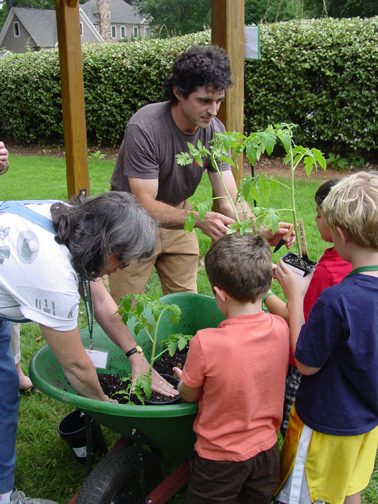Planting for a Fall Harvest
 Saturday, July 23, 2011 at 9:54AM
Saturday, July 23, 2011 at 9:54AM  Here in the midst of Summer’s furnace, It’s hard to imagine a row of cold hardy vegetables like Cabbage, Beets, and Kale swaying in a crisp October breeze. The heat loving varieties you planted this Spring, like tomatoes and okra, may just now be hitting their stride, and you’ve likely tried every possible way to serve beans and squash this Summer. Leafy greens like spinach, and root vegetables like beets and carrots, prefer the cooler temperatures of early Spring and Autumn, and while it’s still just a bit early to plant most cool weather varieties for a Fall/Winter harvest, now is the time to begin thinking about how you'll arrange them in those newly vacated spaces in your garden. The idea is to get cold hardy plants in the ground about a month or two before the first frost date of Autumn, so that they’ll be nice and strong when really cold weather sets in.
Here in the midst of Summer’s furnace, It’s hard to imagine a row of cold hardy vegetables like Cabbage, Beets, and Kale swaying in a crisp October breeze. The heat loving varieties you planted this Spring, like tomatoes and okra, may just now be hitting their stride, and you’ve likely tried every possible way to serve beans and squash this Summer. Leafy greens like spinach, and root vegetables like beets and carrots, prefer the cooler temperatures of early Spring and Autumn, and while it’s still just a bit early to plant most cool weather varieties for a Fall/Winter harvest, now is the time to begin thinking about how you'll arrange them in those newly vacated spaces in your garden. The idea is to get cold hardy plants in the ground about a month or two before the first frost date of Autumn, so that they’ll be nice and strong when really cold weather sets in.











